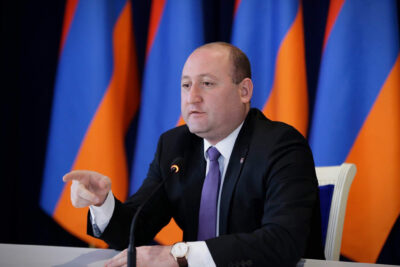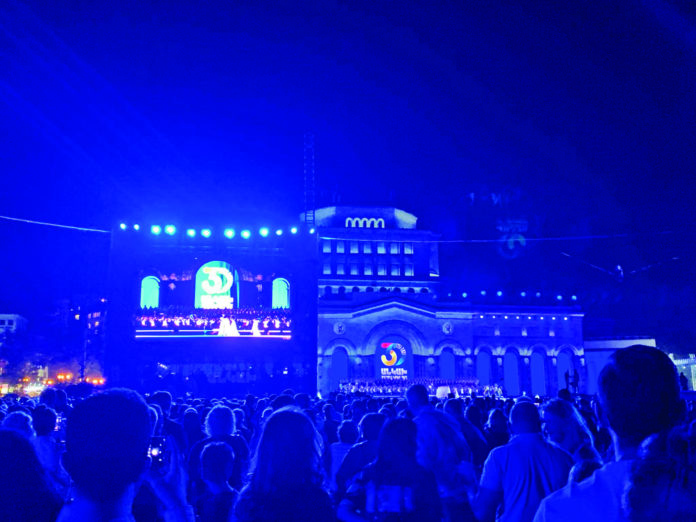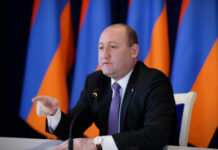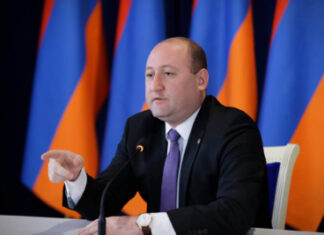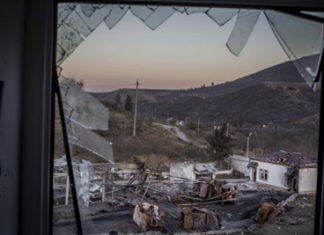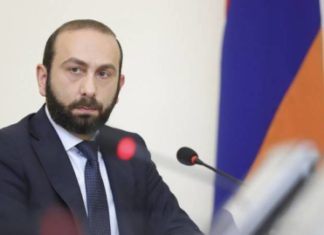YEREVAN – Armenia marks two historically significant anniversaries this week: thirty years of independence from the USSR on Tuesday, September 21, and the start of last year’s Azerbaijani invasion, on September 27.
September 21 marks the 30th anniversary of a fateful referendum in 1991 in which Armenians voted overwhelmingly in favor of regaining sovereignty from the USSR. The Armenian Supreme Soviet – by then already renamed the National Assembly — formalized the results of this referendum two days later on September 23 when it declared the independent Republic of Armenia. The Supreme Soviet had already declared Armenia’s independence in August of 1990.
Despite this year’s event coinciding with the 30th anniversary of this historic event, the traditional celebration schedule usually reserved for the quinquennial, which involves a military parade, concerts, and a massive fireworks display, was considerably toned down given its close proximity to the more somber anniversary of the Second Artsakh War. Indeed, the impending 30th anniversary celebrations became a bitter subject of debate among Armenians in the runup to last Tuesday with some calling for the event to be cancelled all-together out of respect for the victims of last year’s brutal Azeri invasion. Others, however, argued that the sacrifices of Armenia’s defenders made the celebration of independence that much more potent.
Bitter divisions aside, the events of the September 21st celebrations apparently moved both detractors and proponents with its somber, and respectful tone. Dispensing with the usual fanfare, this year’s anniversary included a beautiful open air concert by the Armenian State Ballet which performed interpretive dances evoking scenes from Armenia’s modern history, accompanied by classical and traditional hymns by the Armenian philharmonic Orchestra. The outer walls of Yerevan’s imposing Republic Square served as a canvas on which colorful Armenian national symbols were projected.
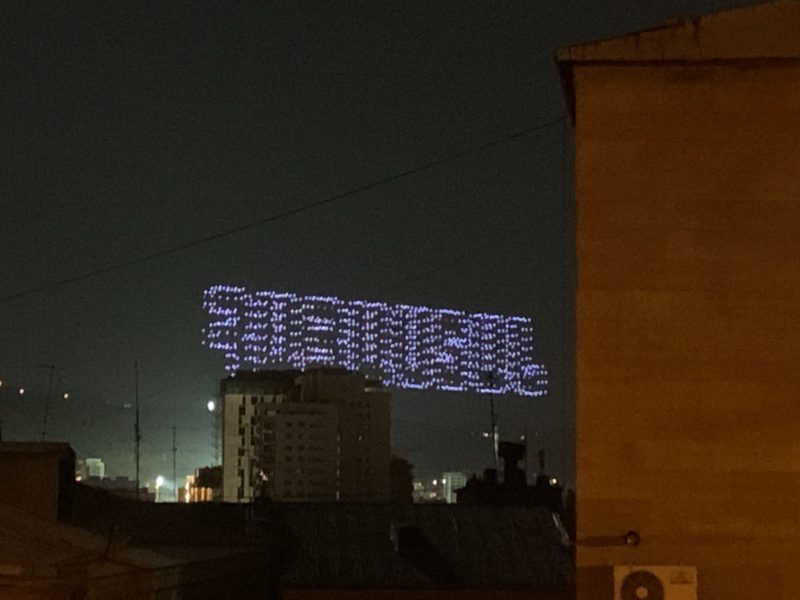
The anniversary celebration was formally dedicated to the memory of the martyrs of the 2020 War, and this fact was not ignored by the Prime Minister. In a speech inaugurating the concert, Pashinyan said “The burden of the 44-day war in 2020 is hovering over this square, and perhaps this circumstance is the symbol of the crossroads that the great Tumanyan spoke about.” Speaking of the victims of the war, “They fell so Armenia could live on, they fell so Artsakh could live on. And as long as Armenia lives, as long as Artsakh lives, they are alive,” Pashinyan added. The mrime minister also announced the formation of a memorial park on the site of Yerevan’s Botanical Garden to immortalize the fallen soldiers.
